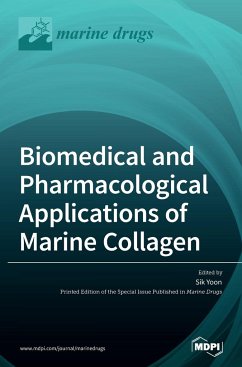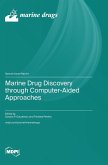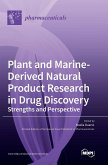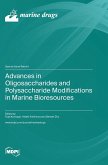Biomimetic polymers and materials have been widely used in a variety of biomedical and pharmacological applications. Particularly, collagen-based biomaterials have been extensively applied in various biomedical fields, such as scaffolds in tissue engineering. However, there are many challenges associated with the use of mammalian collagen, including the issues of religious constrains, allergic or autoimmune reactions, and the spread of animal diseases. Over the past few decades, marine collagen (MC) has emerged as a promising biomaterial for biomedical and pharmacological applications. Marine organisms are a rich source of structurally novel and biologically active compounds, and to date, many biological components have been isolated from various marine resources. MC offers advantages over mammalian collagen due to its water solubility, low immunogenicity, safety, biocompatibility, antimicrobial activity, functionality, and low production costs. Due to its characteristics and physicobiochemical properties, it has tremendous potential for use as a scaffold biomaterial in tissue engineering and regenerative medicine, in drug delivery systems, and as a therapeutic. In this Special Issue, we encourage submissions related to the recent developments, advancements, trends, challenges, and future perspectives in this new research field. We expect to receive contributions from different areas of multidisciplinary research, including-but not restricted to-extraction, purification, characterization, fabrication, and experimentation of MC, with a particular focus on their biotechnological, biomedical and pharmacological uses.








